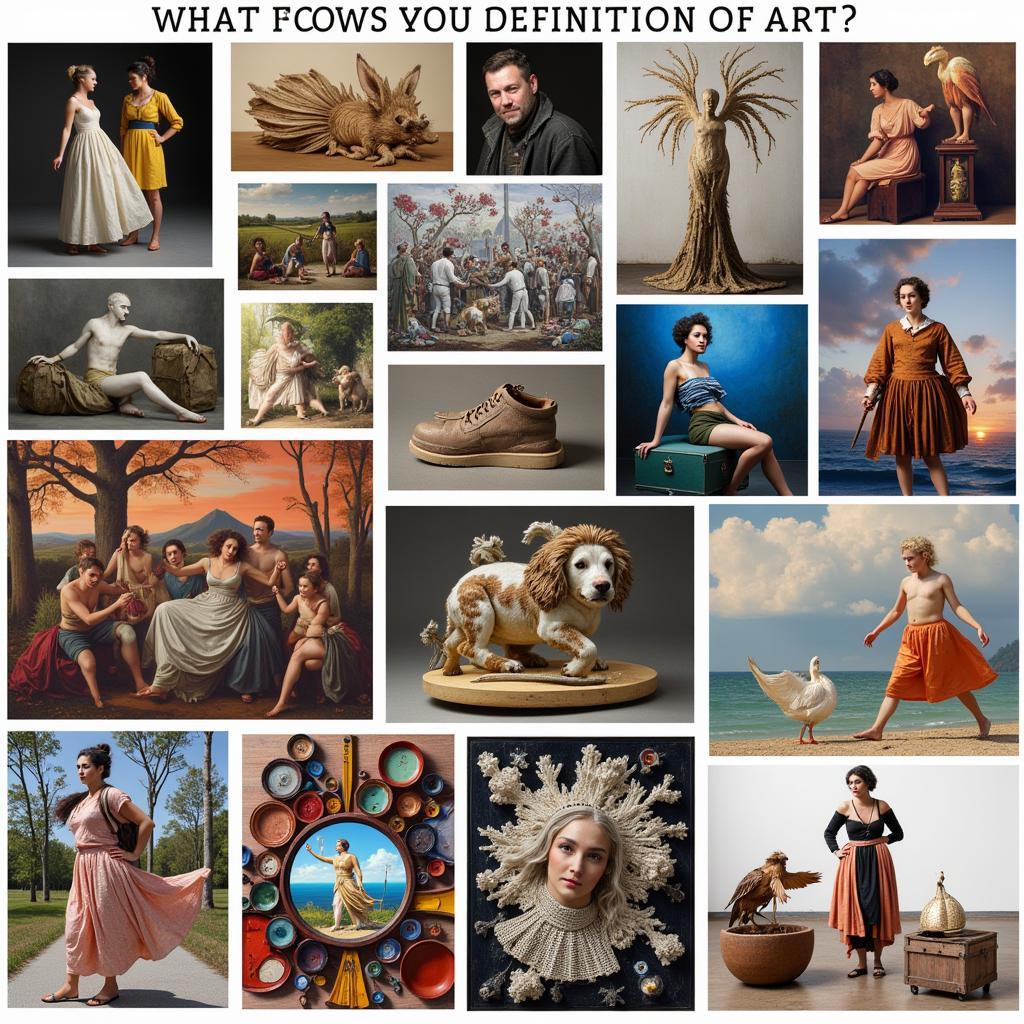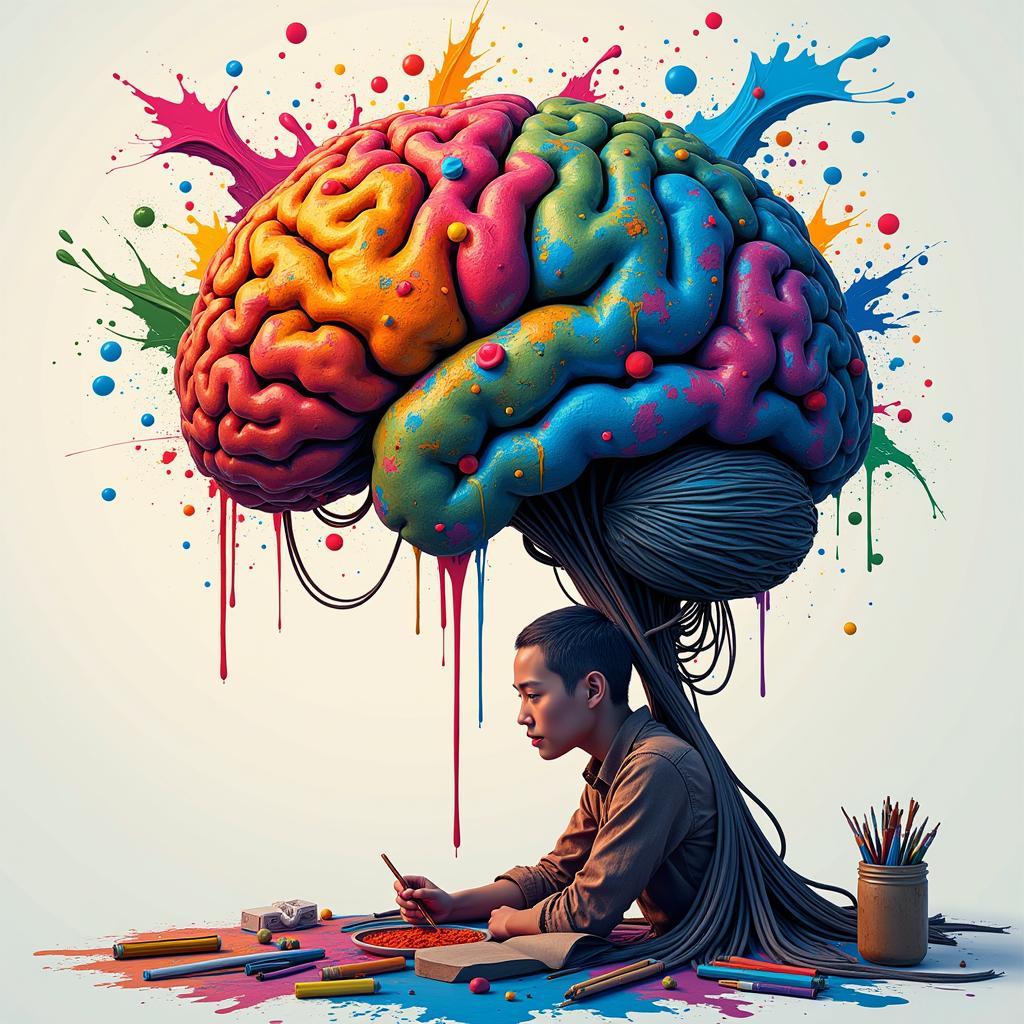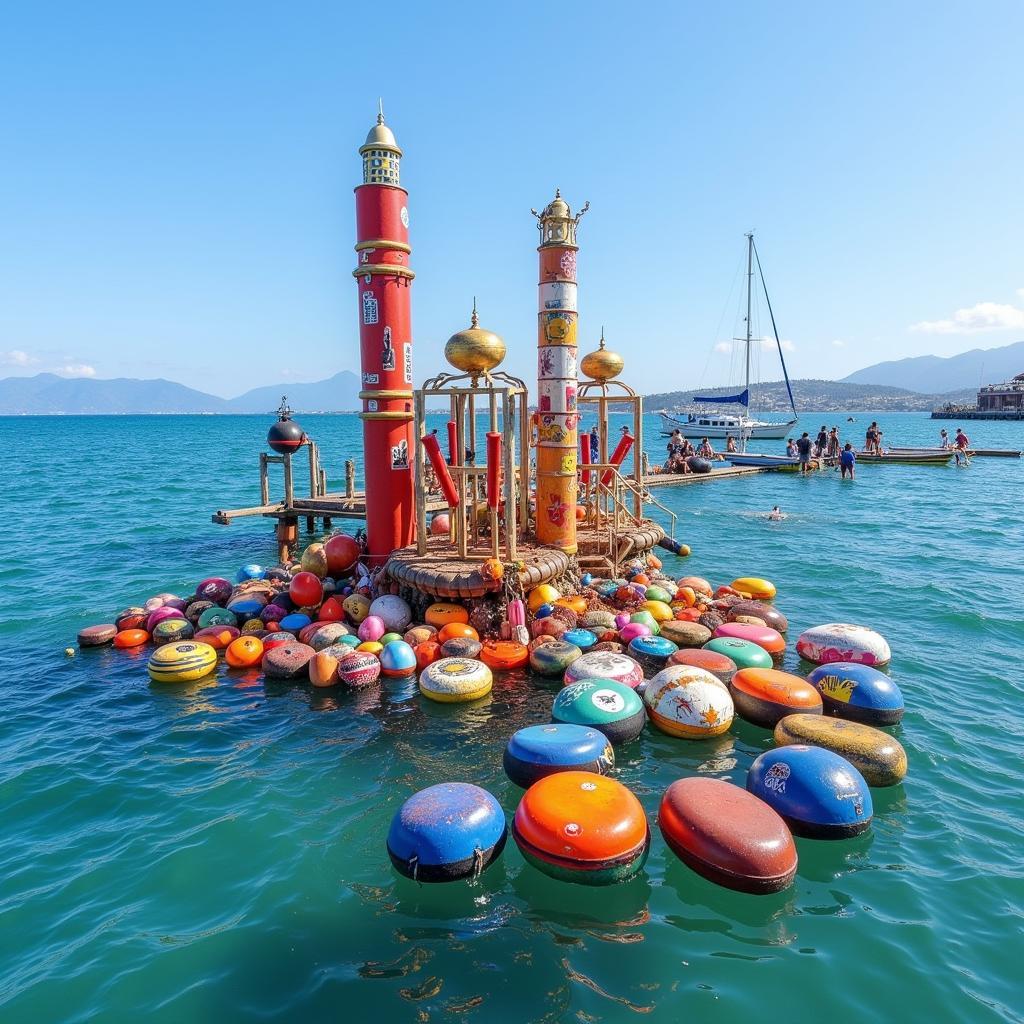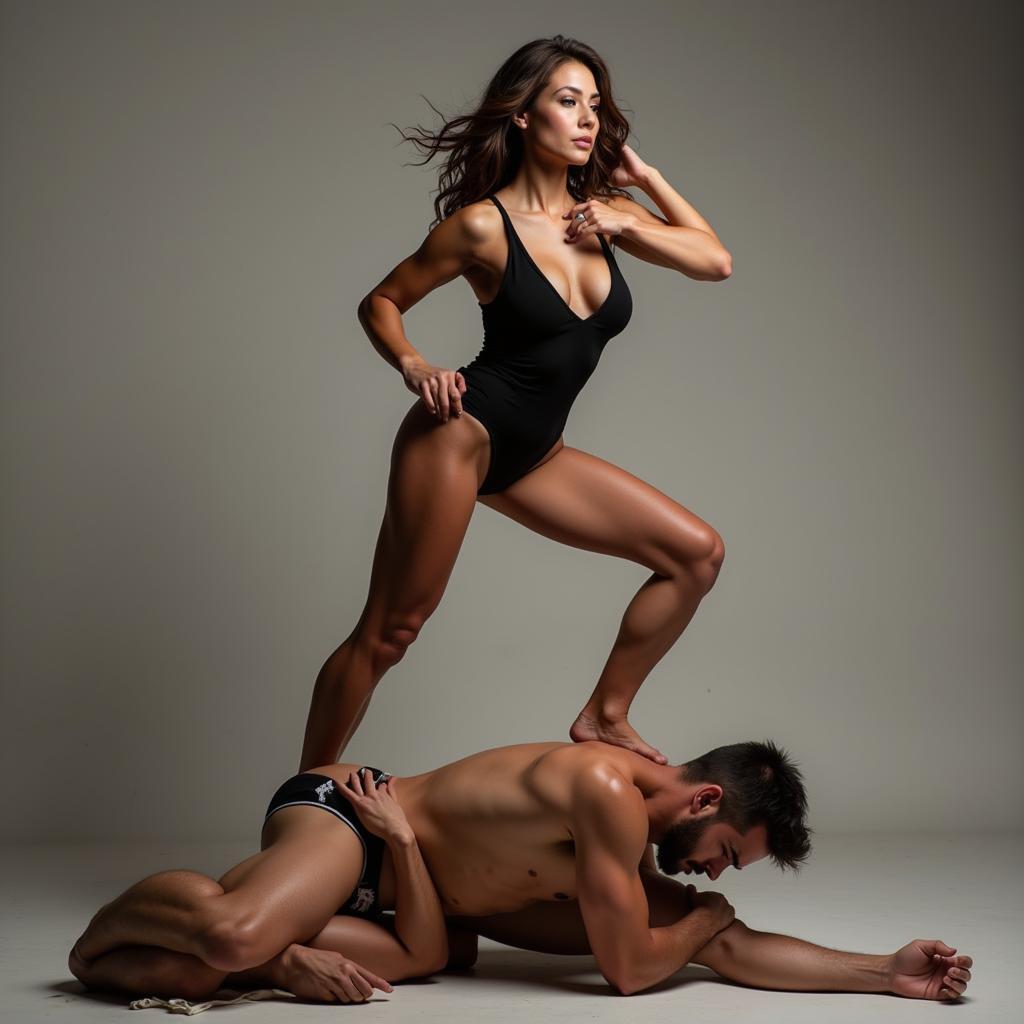10 Facts About Art That Will Spark Your Creativity
Art is more than just pretty pictures; it’s a powerful force that shapes our world, expresses our emotions, and connects us across time and cultures. Whether you’re an experienced artist or simply curious about the creative world, these 10 Facts About Art are sure to ignite your imagination and deepen your appreciation for this fascinating field.
What Defines Art? More Than Meets the Eye
Defining art is a tricky business, as it can mean different things to different people. Some might focus on the technical skill involved, others on the emotional impact, and still others on the cultural context. Is it about perfect realism, abstract expression, or something in between? Is a Benny Andrews art for sale considered art just because it’s for sale? The truth is, art can be all of these things and more! It’s a reflection of the human experience, a way to communicate ideas, and a constant exploration of what’s possible.
What constitutes “art” can vary widely, spanning from traditional painting and sculpture to more contemporary forms like digital art and performance art. Even everyday objects can be transformed into art through creative expression.
 Exploring Different Art Forms
Exploring Different Art Forms
The Oldest Known Cave Paintings Date Back Over 45,500 Years
Travel back in time to the Sulawesi caves of Indonesia, where our ancestors left their mark with hand stencils and animal depictions. These ancient cave paintings, created over 45,500 years ago, provide a glimpse into the minds of early humans and their connection to the world around them. They offer a fascinating window into prehistoric life, ritual, and storytelling, reminding us that art is an inherent part of the human experience. Thinking about how humans expressed themselves through art thousands of years ago can inspire us to explore our own creativity today.
It’s incredible to think how artists worked with the limited tools and pigments available at the time. These early masterpieces prove the enduring power of art to transcend time and connect us to our past.
Art Can Boost Your Brainpower
Did you know that engaging with art can actually make you smarter? Studies have shown that actively looking at and creating art can improve cognitive function, enhance memory, and even increase empathy. Creating art, even simple doodles, can be a form of meditation, reducing stress and improving focus. Thinking critically about art helps develop analytical skills applicable to various aspects of life. Art stimulates different parts of the brain, fostering creativity, problem-solving, and critical thinking skills.
 Art Boosting Brainpower
Art Boosting Brainpower
Art Can Change Your Perspective
Art has the power to challenge our assumptions, broaden our horizons, and make us see the world in new ways. By exposing us to different cultures, perspectives, and ideas, art encourages us to question the status quo and embrace diversity. Art monk redskins jersey may not be your traditional art, but it demonstrates how art can be embedded into everyday objects. A large scanner for art is transforming the way we capture and interact with traditional pieces. It’s a testament to how art and technology are constantly evolving together. Exposure to diverse art forms helps develop critical thinking and a deeper understanding of the world around us. Art provides a platform for exploring complex social and political issues, sparking dialogue and promoting understanding.
Art Therapy is a Powerful Tool for Healing
Art therapy utilizes creative methods to help individuals explore their emotions, cope with trauma, and improve mental well-being. It’s a non-verbal form of expression that can be especially helpful for those who struggle to communicate their feelings verbally. Art therapy provides a safe and supportive environment for self-discovery and healing. It can be used to treat a wide range of mental health conditions, including anxiety, depression, and PTSD.
The Most Expensive Painting Ever Sold Was for $450.3 Million
Leonardo da Vinci’s “Salvator Mundi” holds the record for the most expensive painting ever sold, fetching a staggering $450.3 million at auction in 2017. This highlights the immense value placed on art, both financially and culturally.
Digital Art is Revolutionizing the Art World
With the advent of digital tools and technologies, the possibilities for artistic expression are expanding rapidly. Digital art offers new ways to create, share, and experience art, pushing the boundaries of traditional art forms. If you’re thinking of digitizing your art, a large scanner for art can be a valuable investment. Digital art is becoming increasingly popular, blurring the lines between art and technology.
Art Can Be a Powerful Form of Protest
Throughout history, art has been used as a tool for social commentary and political activism. From Picasso’s “Guernica” to Banksy’s street art, artists have used their creativity to challenge injustice, inspire change, and give voice to the voiceless.
Art Critique Enhances Understanding
Engaging in art critique is more than just expressing opinions; it’s a structured way to analyze and interpret artwork. An art critique worksheet provides a helpful framework for evaluating art based on various elements like composition, color, and subject matter. This process enhances our understanding and appreciation of art, allowing us to connect with it on a deeper level.
Art is for Everyone
Whether you’re creating it, admiring it, or simply curious about it, art has something to offer everyone. It’s a universal language that transcends boundaries and connects us all. If you’re interested in learning more about art history, consider checking out pictures of native american art to explore a rich and unique artistic tradition.
Conclusion: Embrace the Power of Art
These 10 facts about art just scratch the surface of this vast and dynamic field. From ancient cave paintings to cutting-edge digital creations, art continues to evolve and inspire us. So, embrace the power of art, explore its many forms, and let it spark your own creativity.
FAQ
- What is the purpose of art? Art serves various purposes, including self-expression, communication, storytelling, social commentary, and aesthetic appreciation.
- How can I get started with art? Start by exploring different art forms and finding one that resonates with you. Experiment with materials, take a class, or simply start creating!
- What are some different types of art? There are countless types of art, including painting, sculpture, drawing, photography, film, music, dance, and performance art.
- How can I learn more about art history? Visit museums, read books, and explore online resources to learn about different art movements and historical contexts.
- How can I appreciate art more? Engage with art actively by observing details, considering the artist’s intentions, and reflecting on your own emotional response.
- How does art impact society? Art can shape cultural values, challenge social norms, inspire change, and promote dialogue.
- What is the difference between fine art and applied art? Fine art is created primarily for aesthetic purposes, while applied art combines aesthetics with functionality.
When you need support, please contact us by phone at 02462573573, by email at danteum@gmail.com, or visit us at Savico Megamall, 7-9 Đ. Nguyễn Văn Linh, Gia Thụy, Long Biên, Hà Nội 10000, Việt Nam. We have a 24/7 customer support team.



